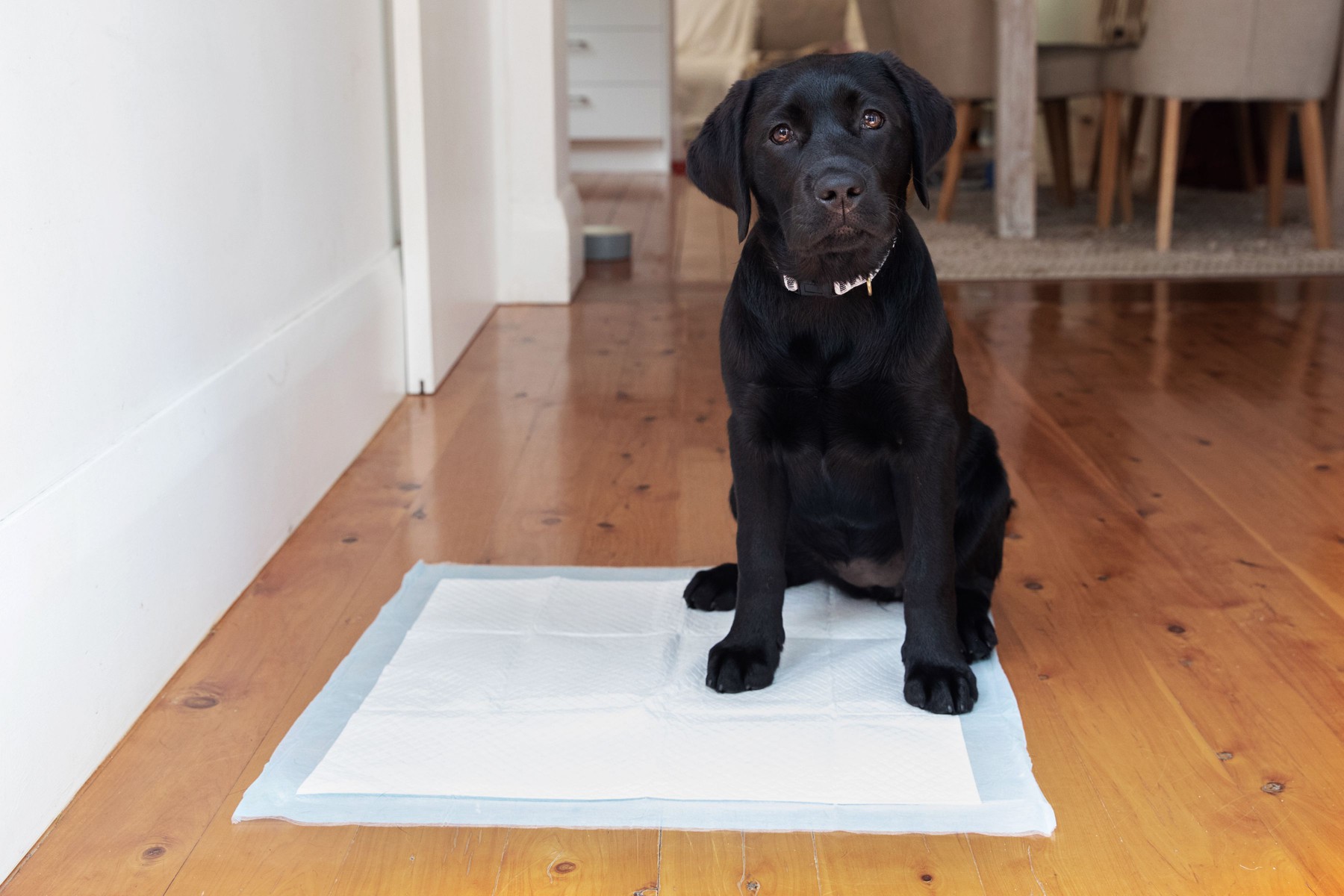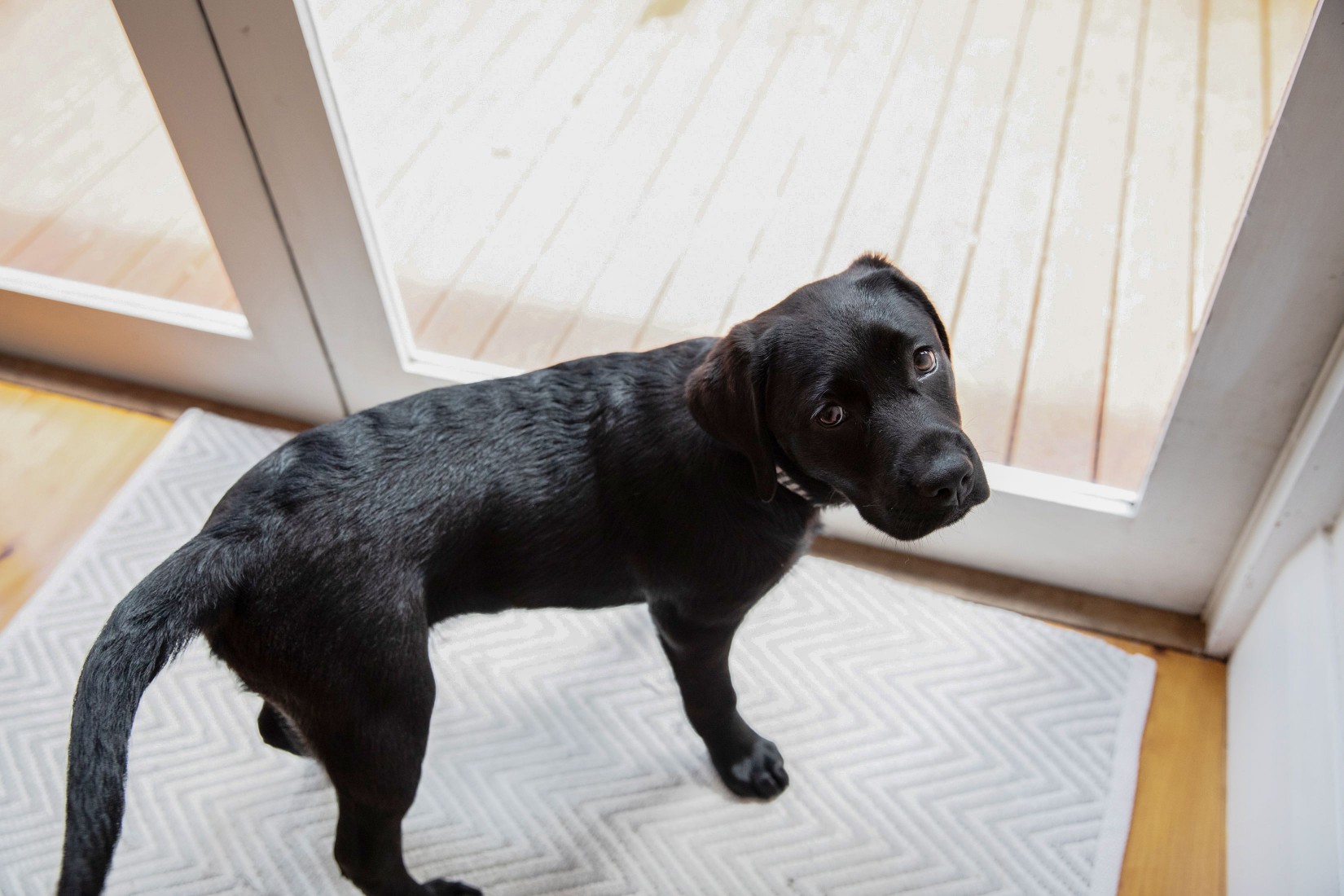Housebreaking, or housetraining, is often one of the first big tasks for any new puppy owner. While I prefer the term "training" over "breaking" because it emphasizes that this is a learning process for both you and your puppy, I'll use "housebreaking" as it is more commonly recognized. Regardless, think of it as a gentle, cooperative process rather than something harsh.
So to start, what exactly is housebreaking? Put simply, it's the process of teaching your puppy where it's appropriate to go potty. It's similar to potty training a child in that it requires patience, consistency, and positive reinforcement. This training aims to help your puppy develop good bathroom habits without the use of punishment, which can complicate and prolong the process.
How to Housebreak Your Puppy
There are five key concepts to teach to properly housebreak a puppy:
- Teach your puppy where you want it to go potty.
- Teach your puppy where you do not want it to go potty.
- Teach your puppy to hold it when it does not have access to the potty area.
- Teach your puppy how to tell you when it needs to go potty.
- Teach your puppy a phrase or word to go potty when you need it to.
For clarity, this guide assumes you are training your puppy to go potty outdoors. If you are indoor training, simply substitute "outside" with "potty area."
What Equipment Do You Need?
Start by gathering the correct equipment. You will need:
- Good quality puppy food
- Buckle collar or harness
- 3–4 foot non-retractable lightweight leash
- 15-foot non-retractable cotton web long line
- A place to confine your dog—this is the largest area your puppy will keep clean and not chew up—typically a crate or exercise pen
- A place to walk your dog for outdoor training
- For indoor training either two dog litter boxes or two frames that hold potty pads and a good supply of potty pads
- Small, easy-to-swallow treats
- Carpet cleaner
- A good amount of patience
- A sense of humor
Housebreaking Tips Before You Start
Think about these things before you start:
- Feed your puppy on a schedule. What goes in comes out! The puppy that eats all day will need to go at unpredictable times. Feeding on a schedule allows you to predict when your puppy will need to potty.
- The best place for your puppy to sleep is in a small wire crate next to your bed. It is a good idea to have a larger crate in the area of your house where you spend the most time. You'll want to make sure you're using a crate that works well for a puppy and should consider using an indoor exercise pen if you need to leave your puppy for longer than four hours.
- Choose a keying phrase that the entire family agrees with. I use "be quick" with my dogs. You might also say "business," "go potty," or "water the grass." The only rule is that you are comfortable saying the phrase in public!
The 5 Steps to Housetraining Your Puppy
Let’s review the five concepts necessary to properly housetrain your puppy. It is important to teach all five concepts to your puppy, but there is no specific order to teach these.
-
The first is how to teach your puppy where to go potty. Decide where the potty area is and consistently take your puppy there. Remember to say the word "outside" as you go outside or "inside" as you go to the indoor potty area. Give your treat five seconds after your puppy has finished going.

The Spruce / Kristie Lee
The second concept is teaching your puppy where not to go potty. Avoid frightening and/or punishing your puppy. Redirection without fear is the fastest way to results.

The Spruce / Kristie Lee
The third concept is how to teach your puppy to hold it. Use confinement to teach this when you cannot watch your puppy. Use your leash (safely) indoors when you can supervise its activity.

The Spruce / Kristie Lee
The fourth concept is to teach your puppy how to tell you it needs to go potty. I suggest teaching your puppy to ring a bell instead of barking, whining, or scratching the door.

The Spruce / Kristie Lee
The fifth concept is to condition a keying phrase to get your puppy to feel the internal urge to go potty when you need it to go.

The Spruce / Kristie Lee
You will find that all five concepts weave together to patiently teach your puppy what you expect from it. You can use these concepts to teach a puppy or teach an older dog, as long as the dog is of sound mind and body. It is, however, much faster and easier to teach these concepts in puppyhood!
Comment